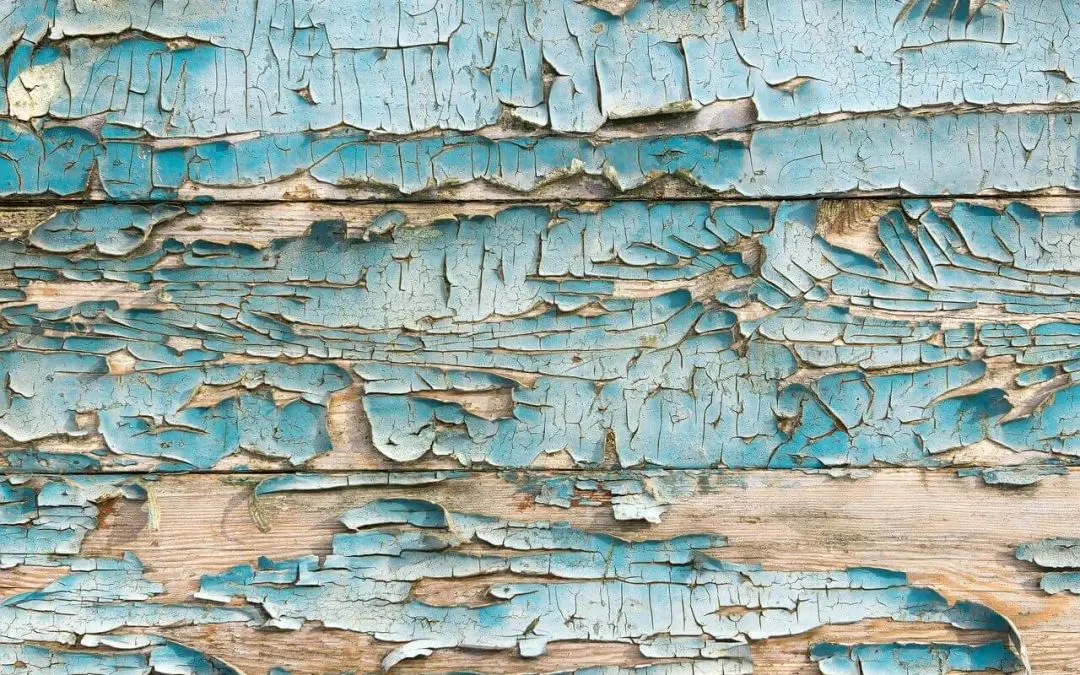Older homes have a charm and character that modern construction sometimes lacks. They often feature solid craftsmanship, unique architectural details, and a sense of history that makes them special. But along with their charm, there are a few common concerns in older homes you should look for. If you own an older home or are thinking about buying one, it’s important to be aware of potential issues so you can address them before they become major problems.
Outdated Electrical System Concerns in Older Homes
Many older homes were built before the demand for electricity was as high as it is today. They may have outdated wiring, undersized panels, or even knob-and-tube wiring, which is no longer considered safe. Flickering lights, frequently tripped breakers, or outlets that don’t work properly could all be signs of electrical issues. If an older home hasn’t been updated, it may not have enough capacity to handle today’s appliances and technology. A licensed electrician can evaluate the system and recommend upgrades to improve safety and functionality.
Plumbing Problems
Plumbing in older homes can be a mix of different materials, some of which may have deteriorated over time. Galvanized steel pipes, commonly used in homes built before the 1960s, tend to corrode and restrict water flow. Lead pipes, which were used in some homes before the 1950s, can pose serious health risks. Cast iron drainpipes, while durable, can develop cracks and leaks over time. If you’re experiencing low water pressure, slow drains, or water discoloration, it could be time for a plumbing inspection.
Foundation and Structural Concerns
Foundations settle over time, and while some settling is normal, excessive movement can lead to major structural problems. Cracks in walls, doors that won’t close properly, or uneven floors could be signs of foundation issues. In some cases, moisture problems can accelerate foundation deterioration. Older homes may also have outdated framing techniques that don’t meet modern building codes. A structural inspection can help determine if repairs or reinforcements are needed.
Roof Wear and Tear
A roof’s lifespan depends on the materials used, but many older homes have roofs that are well past their prime. If shingles are curling, missing, or showing signs of excessive wear, it could mean the roof needs replacement. Water stains on ceilings or in the attic could indicate leaks. Even if a roof looks fine from the ground, it’s important to have it professionally inspected to check for hidden issues that could lead to costly water damage.
Hazardous Material Concerns in Older Homes
Some building materials that were commonly used in older homes are now known to pose health risks. Lead-based paint was widely used before 1978 and can be hazardous, especially if it’s chipping or peeling. Asbestos, found in insulation, flooring, and ceiling tiles, can also be a concern if disturbed. If you suspect your home contains these materials, it’s best to have them tested by a professional before doing any renovations or repairs.
Inefficient Heating and Cooling
Older homes often have inefficient heating and cooling systems that struggle to keep up with modern energy standards. Original furnaces or boilers may be outdated, using more energy than necessary and driving up utility bills. Poor insulation, single-pane windows, and drafty doors can make maintaining a comfortable temperature inside difficult. Upgrading to more energy-efficient systems, improving insulation, and sealing air leaks can help improve comfort and reduce costs.
Poor Drainage and Moisture Concerns in Older Homes
Water is one of the biggest threats to an older home’s structure. Poor drainage around the foundation, clogged gutters, or grading issues can lead to water intrusion in basements or crawl spaces. Signs of moisture problems include mold growth, musty odors, and wood rot. Addressing drainage issues early can help prevent costly repairs and protect the home’s structural integrity.
Owning an older home can be a rewarding experience, but it’s important to be aware of the common concerns that come with age. Regular maintenance and professional inspections can help keep your home safe, functional, and comfortable for years.
FAQs
Are older homes safe to live in?
Most are, but they may require some updates to meet modern safety standards. Regular inspections and maintenance can help keep an older home safe and comfortable.
How do I know if my electrical system needs to be updated?
If you have flickering lights, frequent breaker trips, outdated wiring, or too few outlets, it’s worth having an electrician inspect the system.
Should I be worried about lead paint in my home?
If your home was built before 1978, it may contain lead paint. If the paint is in good condition, it’s generally not a risk. However, if it’s chipping or peeling, it should be tested and addressed by a professional.
What’s the best way to improve energy efficiency in an older home?
Upgrading insulation, sealing air leaks, replacing old windows, and installing a more efficient heating and cooling system can all help improve energy efficiency.
How do I know if my foundation has problems?
Cracks in walls, uneven floors, sticking doors, or visible foundation cracks could indicate issues. A structural engineer or foundation specialist can assess the extent of any problems.
Inspect Co. LLC offers home inspections in North and South Carolina. Contact us to request our services.

